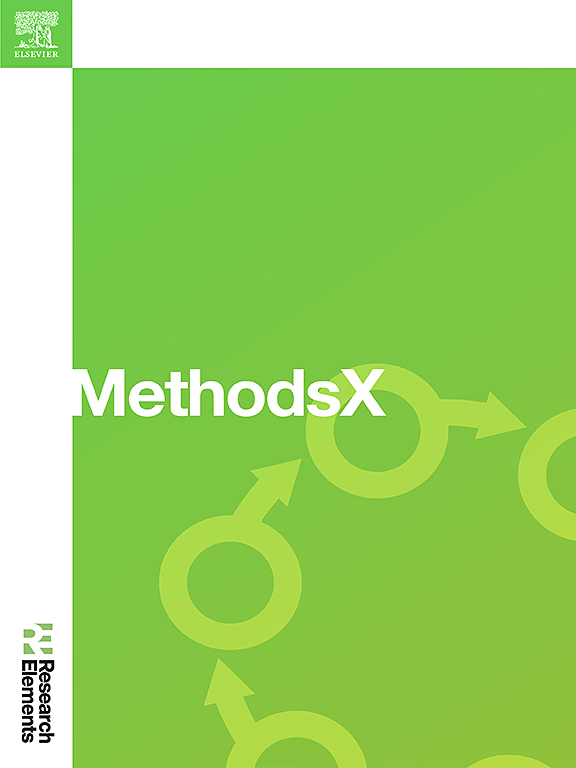A protocol to optimize non-invasive brain stimulation for post-stroke rehabilitation
IF 1.6
Q2 MULTIDISCIPLINARY SCIENCES
引用次数: 0
Abstract
This randomized controlled trial investigates the optimal dosing for post-stroke rehabilitation using repetitive transcranial magnetic stimulation (rTMS) and transcranial direct current stimulation (tDCS). Previous studies demonstrated improvements in cognitive and motor functions with specific intensities of rTMS and tDCS, but this trial explores various frequencies and currents to optimize therapeutic outcomes. A total of 128 post-stroke patients (within 1–6 months of stroke) with paraplegia or hemiplegia are recruited. Patients are divided into four groups for both rTMS (n = 49) and tDCS (n = 49): three groups with different stimulation intensities (1 Hz, 5 Hz, 10 Hz for rTMS; 0.5 mA, 1 mA, 2 mA for tDCS) and a sham control group. Along with this, there is a standard therapy group (n = 30) as control. Participants receive 20 min sessions, five days a week, over six weeks. Cognitive and motor assessments are conducted at 4 weeks, 6 weeks, and 6 months to measure short-term and sustained effects.
- •Hemodynamically stable post-stroke patients randomized in four groups in rTMS and tDCS each and their baseline cognitive and motor function assessed
- •Application of the two types of therapy for 6 weeks
- •Checking improvement of cognitive and motor function and compare the improvement among subgroups of recipient of various frequencies and currents

优化脑卒中后康复的非侵入性脑部刺激方案
本随机对照试验探讨重复经颅磁刺激(rTMS)和经颅直流电刺激(tDCS)治疗脑卒中后康复的最佳剂量。先前的研究表明,特定强度的rTMS和tDCS可以改善认知和运动功能,但本试验探索了不同的频率和电流,以优化治疗效果。共招募128例卒中后截瘫或偏瘫患者(卒中后1-6个月内)。rTMS (n = 49)和tDCS (n = 49)将患者分为四组:三组采用不同的刺激强度(rTMS为1 Hz、5 Hz、10 Hz;0.5 mA, 1ma, 2ma (tDCS)和假对照组。与此同时,还有一个标准治疗组(n = 30)作为对照。参与者接受20分钟的训练,每周五天,持续六周。在4周、6周和6个月时进行认知和运动评估,以衡量短期和持续效果。•血流动力学稳定的卒中后患者随机分为四组,分别进行rTMS和tDCS治疗,并评估其基线认知和运动功能•应用两种类型的治疗6周•检查认知和运动功能的改善,并比较不同频率和电流的受体亚组之间的改善
本文章由计算机程序翻译,如有差异,请以英文原文为准。
求助全文
约1分钟内获得全文
求助全文
来源期刊

MethodsX
Health Professions-Medical Laboratory Technology
CiteScore
3.60
自引率
5.30%
发文量
314
审稿时长
7 weeks
期刊介绍:
 求助内容:
求助内容: 应助结果提醒方式:
应助结果提醒方式:


